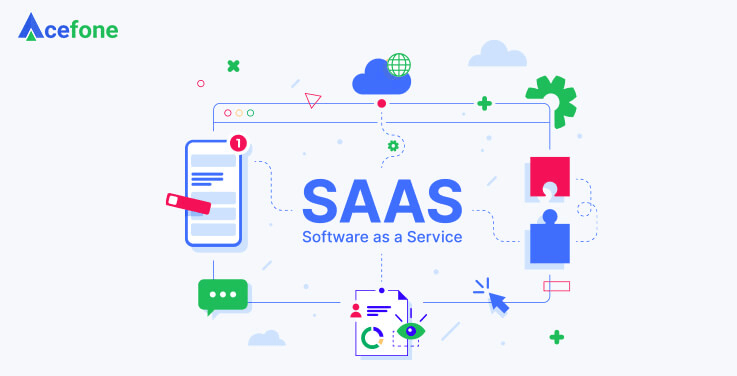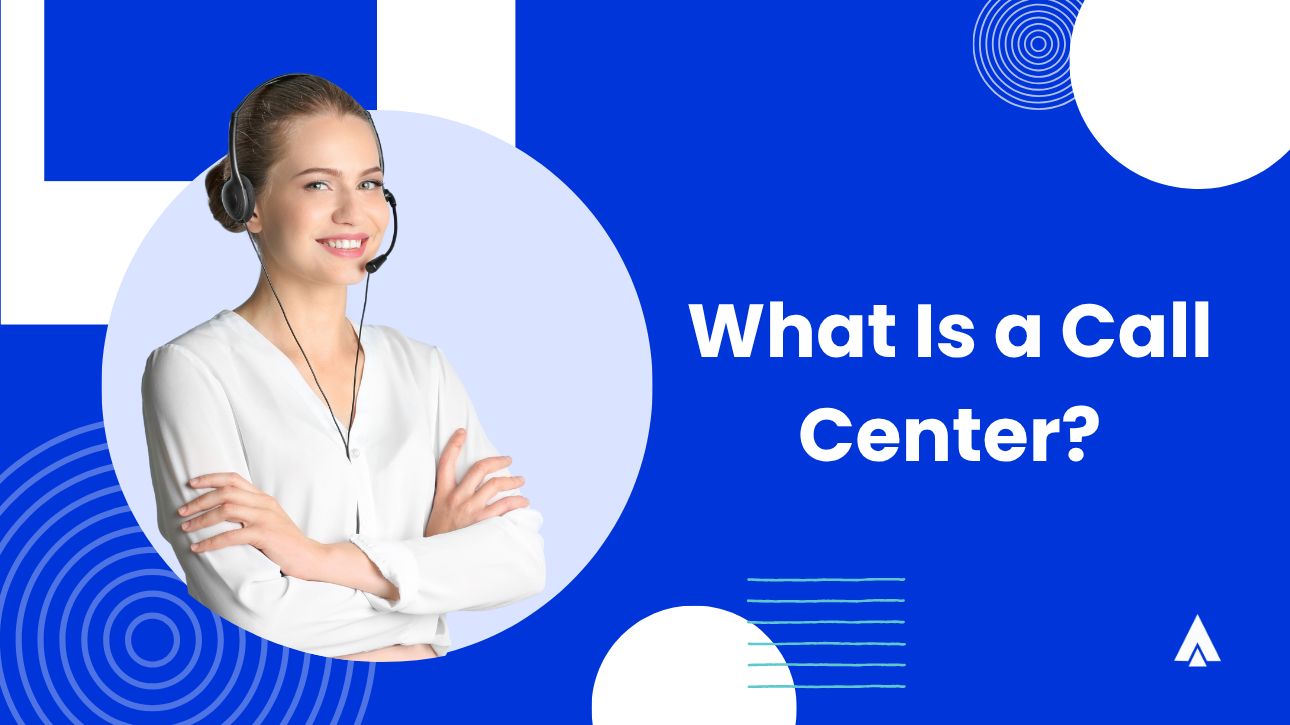Leads are the starting point for any business setup, and the number and growth of these leads translate directly into the operation’s success.
In simple terms, more qualified leads = more sales.
The importance of lead generation and nurturing for business success is evident from the necessity of the ‘door-to-door’ salesmen, who relied on their conversational skills to convert potential leads into loyal buyers.
However, the modern-day lead conversion process has come a long way from then. The integration of digital communication tools has been a welcome addition to the arsenal of sales and marketing teams. And rightly so, given the rapidly increasing competition in the industry.
This change has been felt even more profoundly by SaaS companies.
The lower barriers to entry into the SaaS sector have led to a stupendous increase in the number of SaaS providers—the number doubled across 3 years (2017-20) from 3500 to ~7000 globally!
Therefore, it becomes critically important to have a robust lead generation and acquisition strategy to thrive in such a competitive environment.
Fortunately, multiple tools that drive customer acquisition for users already exist. Some of these are SEO, email marketing, and social media.
Lead acquisition strategy: omnichannel experience
However, the mere presence of such tools is incomplete without the existence of a well-structured strategy that assembles these bits and pieces into a meaningful ensemble.
An effective lead acquisition strategy has to be devised exhaustively—taking care of the top and bottom of the funnels and optimising the mid-funnel of the customer journey.
One such strategy is the use of an omnichannel experience for lead acquisition and nurturing.
An omnichannel experience is defined as one that provides customers with a host of touchpoints through which they can interact with the brand, thus enabling an integrated, seamless experience across various platforms and devices.
The advent of social media has opened up numerous avenues, allowing meaningful two-way communication between customers and brands, irrespective of time and location.
Several industry surveys have validated the clear benefits of an omnichannel lead nurturing strategy.
In 2017, the Harvard Business Review conducted an extensive study of the active omnichannel experiences. It noted that the customers reported 23% more repeat purchases within 6 months of an omnichannel shopping experience and they were also more likely to spread the brand’s name to their family and friends.
Building an effective omnichannel lead acquisition strategy
An omnichannel lead acquisition strategy has become a must-have in the current business environment instead of just a good-to-have. Here, we will dissect such a strategy into its most fundamental processes and discuss how to modulate the various parts to your requirements.
In the end, you will be left with a robust approach that focuses on converting your potential leads into your most loyal customers.
-
Designing the right mix of channels for engagement along with metrics for analysis
Email marketing has been the conventional lead engagement strategy employed throughout SaaS companies, whether in the form of email newsletters, product-trigger emails, or marketing campaign emails.
However, reliance on a single channel tends to constrain the potential engagement that can be carried out with customers. Therefore, it is vital to supplement personalised emails with other scalable channels.
The top of the funnel should be designed to enable the maximum possible inflow of customer leads, and an omnichannel experience laid out across multiple platforms does exactly that.
It is also important to establish benchmarks and metrics that will allow the analysis of these channels. You can measure whether a particular channel brings you the correct type of leads.
Benchmark metrics such as conversion rates are very effective in distinguishing between potential and disqualified leads. Additionally, you can integrate the funnel with your CRM system to automate the monitoring of these metrics. This will help you see which channels are the most effective in capturing and retaining which customer personas.
Other important metrics include the % of disqualified leads, customer lifetime value, and churn rate.
-
Optimising mid-funnel traffic for lead nurturing through various tools
The next step is to evaluate the productivity of each channel and try to identify the best ones, in terms of the volume and value of customers converted.
The ideal strategy would be to couple such channels with various lead engagement tools and techniques. Doing so would optimise the mid-funnel traffic for maximum conversion.
- Surveys are still the most legitimate and scalable technique to capture customer data. They can be added at various interaction points, such as email login, demo request, and subscription or signup form.
Over the years, many advanced tools have been developed to extensively customise surveys with dynamic question structures, allowing aggressive profiling of customers.
- Chatbots is the latest buzzword in the e-commerce space, emerging as an AI-powered tool capable of holding intelligent conversations with the customer.
These powerful technological innovations have found widespread use in the scenario of providing instant support to customers 24X7. Common questions can thus be automated and delivered to customers via chatbots.
- The referral programme is another essential strategy used by brands like PayPal, Uber, etc., to drive lead generation. The idea behind these programmes is to increase the chances of conversation by encasing it as a referral from a trusted person. They can be modified to leverage social media influencer networks.
- SEO, or Search Engine Optimisation, is a popular method of driving online traffic through targeted content creation on all forms of digital resources, effectively guiding prospects through the sales funnel for SEO to conversion.
According to industry reports, organic search traffic remains the most significant contributor to lead generation for top SaaS companies, somewhere around 77%. The most widely used techniques are generating links, keyword targeting, and commenting.
-
Lead profiling and nurturing based on multiple factors
It is advisable to segment leads into various fits based on tangible factors (geolocation) and intangible factors (intent). These segmentations can be utilised to develop customer-centric content. Tailored content is capable of nurturing these leads further through increased and personalised engagement.
One example of achieving this is through the utilisation of the customer’s geolocation data. SaaS companies can customise their emails, notifications, and ads based on the target’s location. This enables a personalised omnichannel experience for the customer and could be customised to market, say, a particular store nearby their location
Similarly, funnels can analyse the growth of a lead across the various stages of the customer journey. This can be used to understand metrics like intent and engagement of the lead with the brand. This information can then be used to drive personalised content in the form of emails or notifications to drive retention and conversion.
Robust lead acquisition strategies are known to return as high as a 400% increase in the total qualified leads for SaaS companies that decide to take the plunge.
The techniques discussed above can potentially fine-tune your SaaS marketing and growth curve. Leverage the concepts discussed above with specific in-house modifications as well as experiments to enhance your lead acquisition!
To know more, get on-call with our cloud experts at 1888-859-0450 or drop an email at [email protected]!














